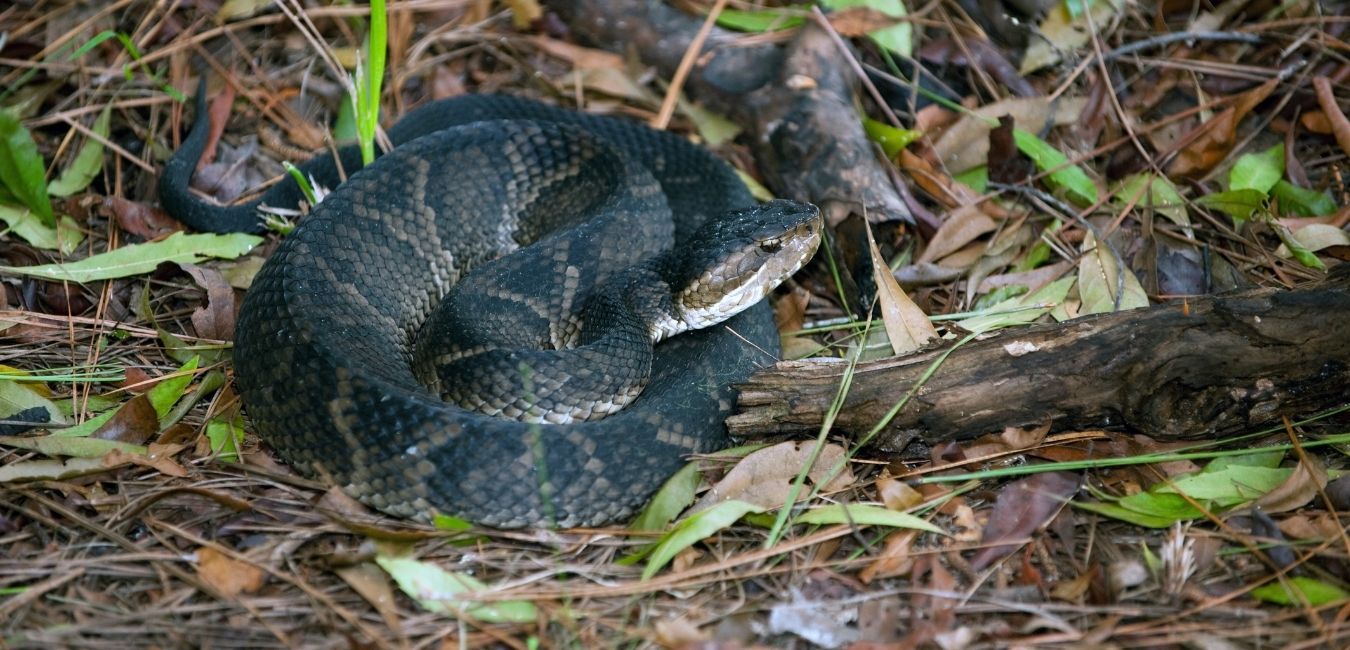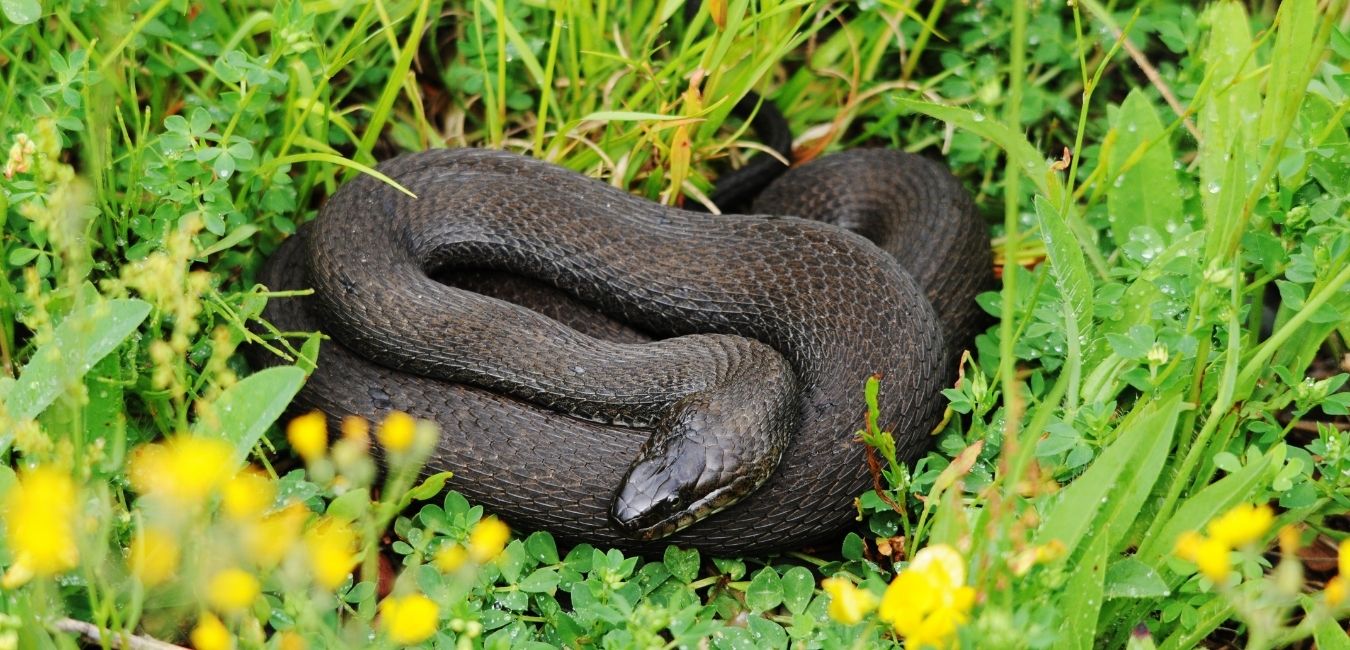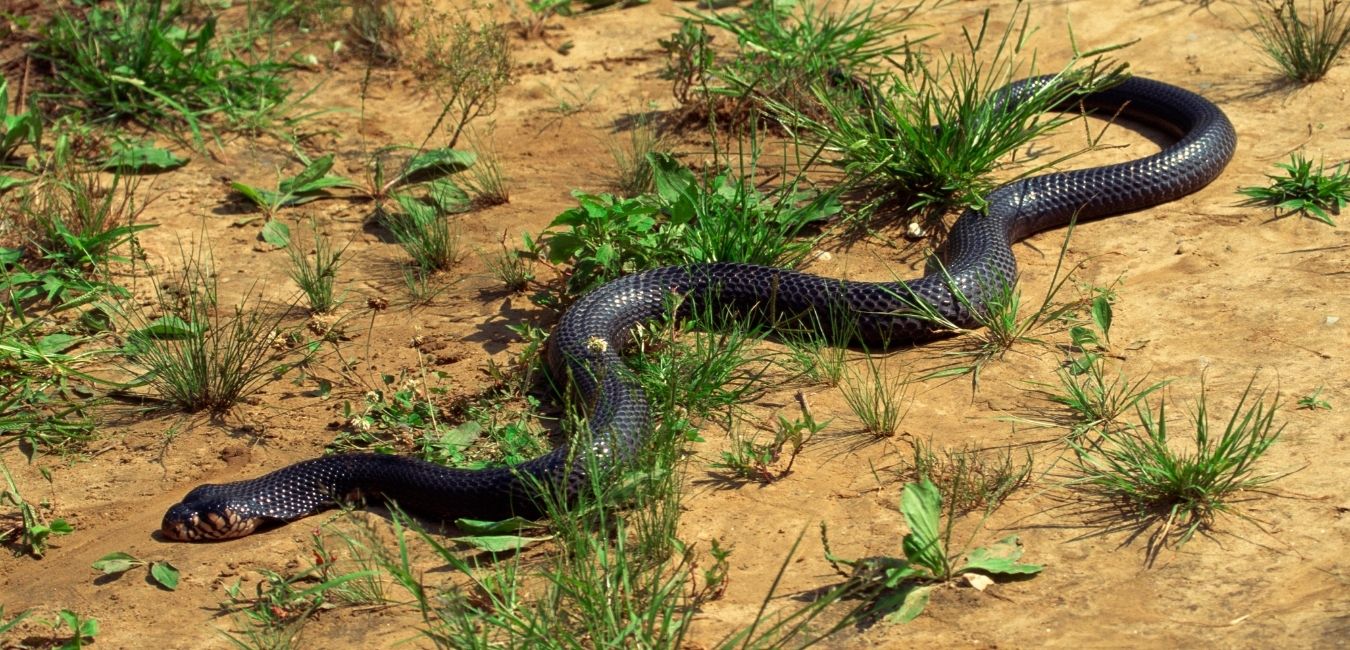OFFICE LINE
Call Now
EMERGENCY
Call Now
WORKING HOURS
7:00 am – 5:30 pm
VIRGINIA SNAKE REMOVAL SERVICES
We remove all types of snakes, venomous and non-venomous. Snakes can become extremely aggressive if they feel threatened by humans. Gravid (pregnant) females are particularly aggressive since they are protecting their unborn young, and if you see a hatchling then you can be certain other hatchlings are in the area.
Trying to remove a snake yourself usually just angers the animal and provokes strikes. Removing a wild animal is not worth your life, please do not try this yourself, and leave it for professionals.
ABOUT SNAKES
Most snakes will not bite unless provoked, that is why it’s extremely important to leave snake removal to professionals. Trying to remove a snake yourself can result in death or at the very least a painful bite that may require medical treatment. And even with medical treatment some of the effects of snake bites can be long-lasting.
ABOUT US
Our snake removal experts and wildlife biologists here at Virginia Snake Removal are prepared to handle any snake problem you may have. Wildlife management programs for snakes often include trapping and removal of snakes, snake deterrents, and removal and eradication of food source(s). Our snake removal specialists are prepared to hand-remove, deter, and/or trap snakes on your property.
Applications of commercial-grade deterrents may be utilized to help prevent snakes from accessing particular areas and to deter general populations of snakes. We also will aggressively work on eliminating food sources from your home or property. Additionally, we will make suggestions or recommendations to improve your property to remove debris or potential hiding areas for snakes and/or their food source(s).


